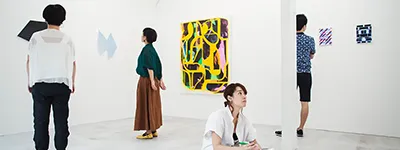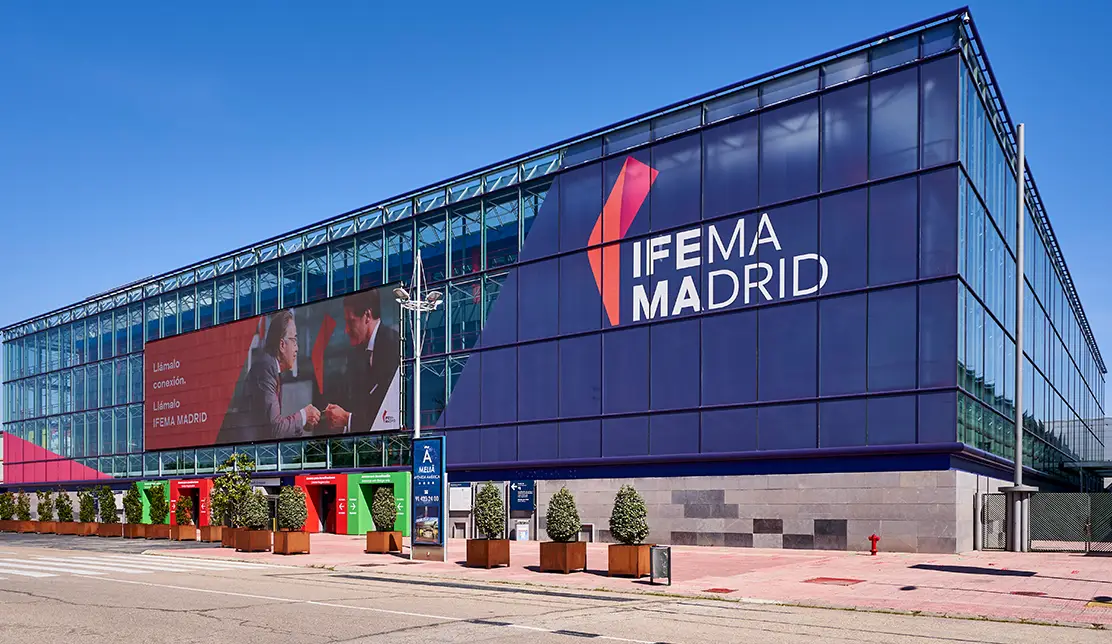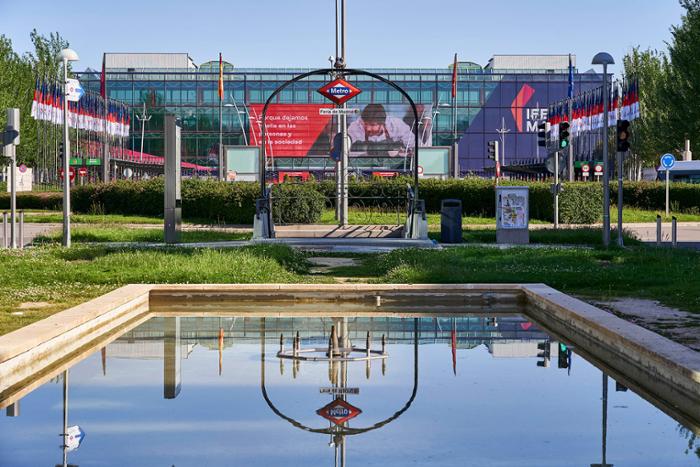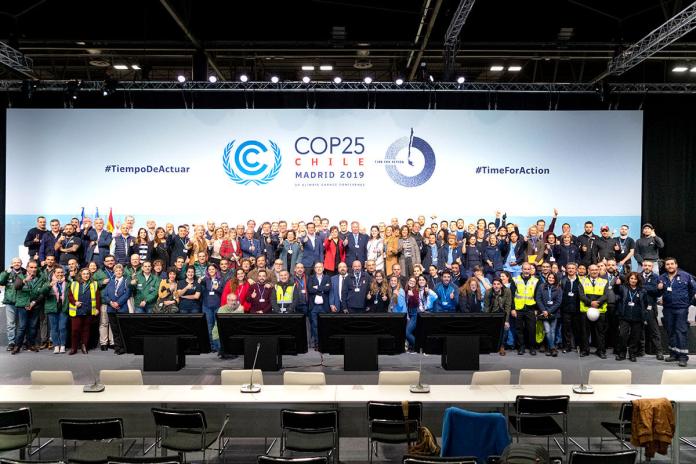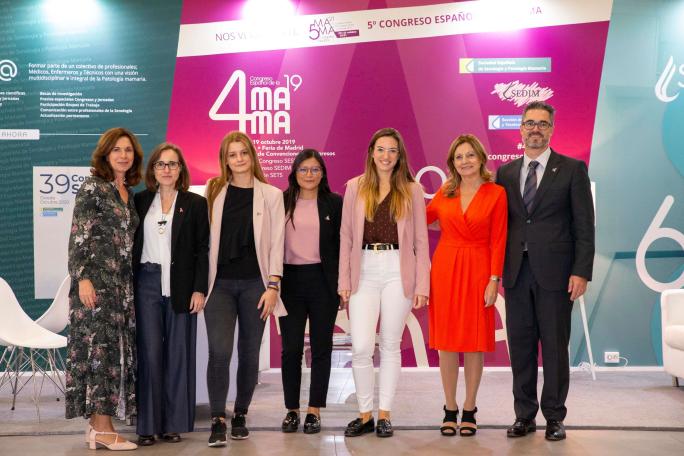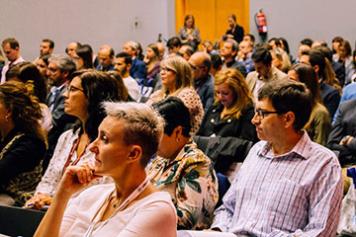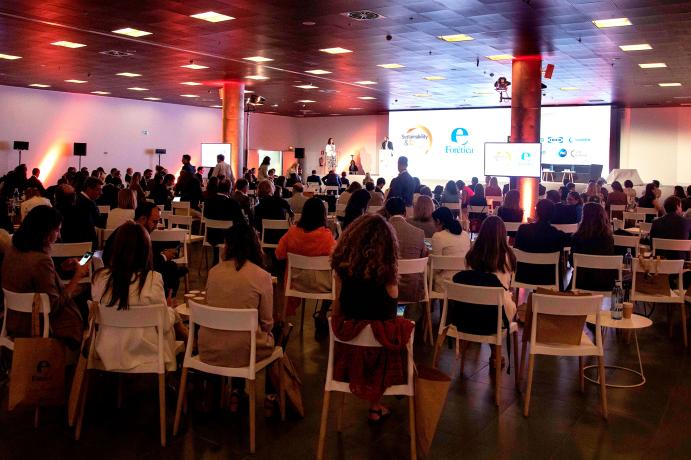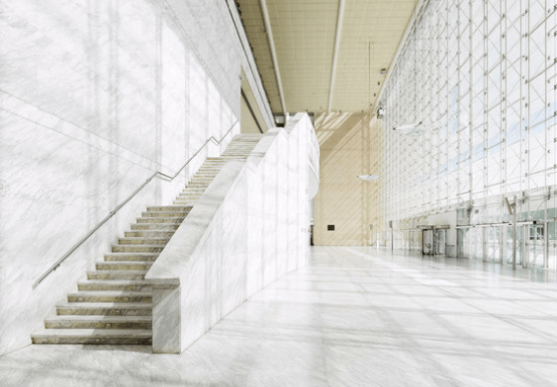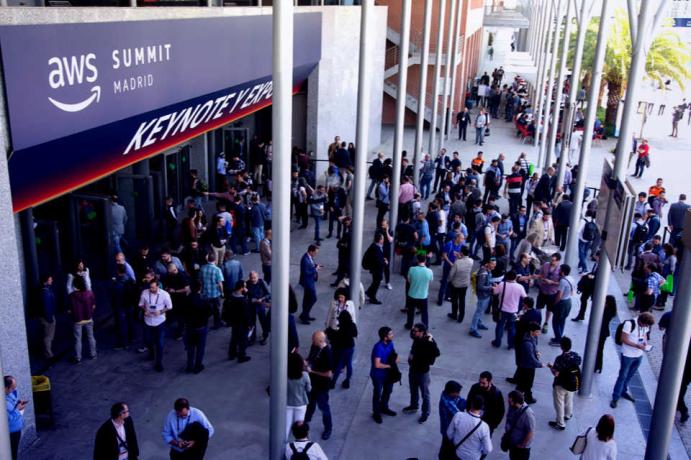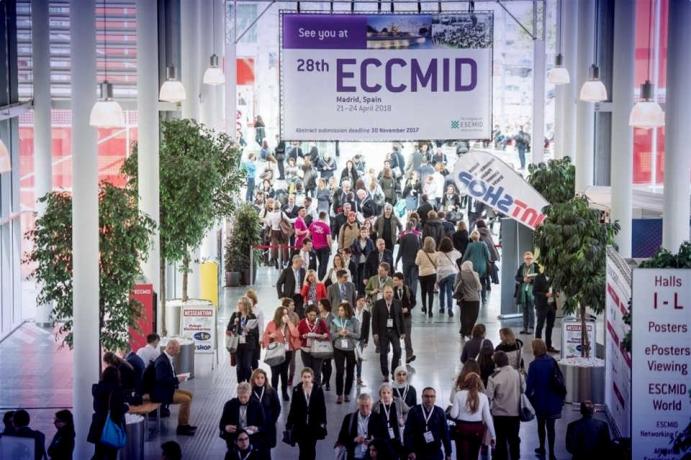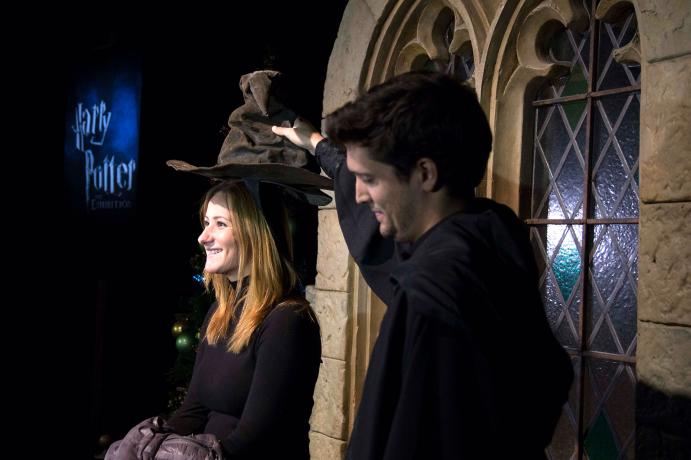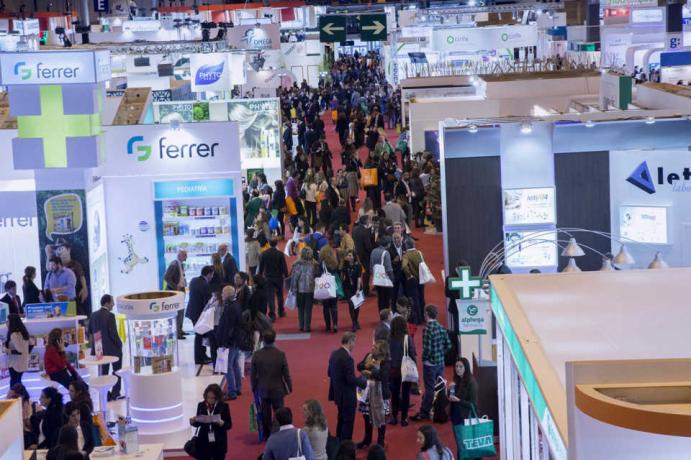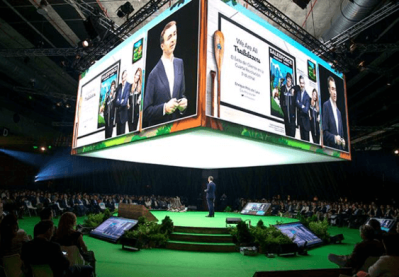
Conventions and Congresses
Conventions and Congresses is a division specialised in the management of space rental for the organization of events, congresses and fairs organised by other companies.
We have two venues, the Recinto Ferial (fairgrounds) and, since 2019, Palacio Municipal (convention center), which are well connected to the city center and close to the airport. The Feria de Madrid subway station is located next to the accesses to both venues.
Since two decades ago, the MICE activity represents a very important line of business for IFEMA MADRID, which contributes to the positioning of Madrid as a home for major international events.
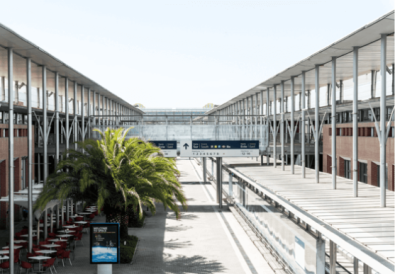
Available spaces
The versatility and functionality of the different spaces available at IFEMA MADRID make it possible to host any type of activity we can imagine, hosting a wide range of events, from conventions, congresses and product presentations to conferences, symposiums, meetings, gala dinners, sporting events and concerts, among others.






